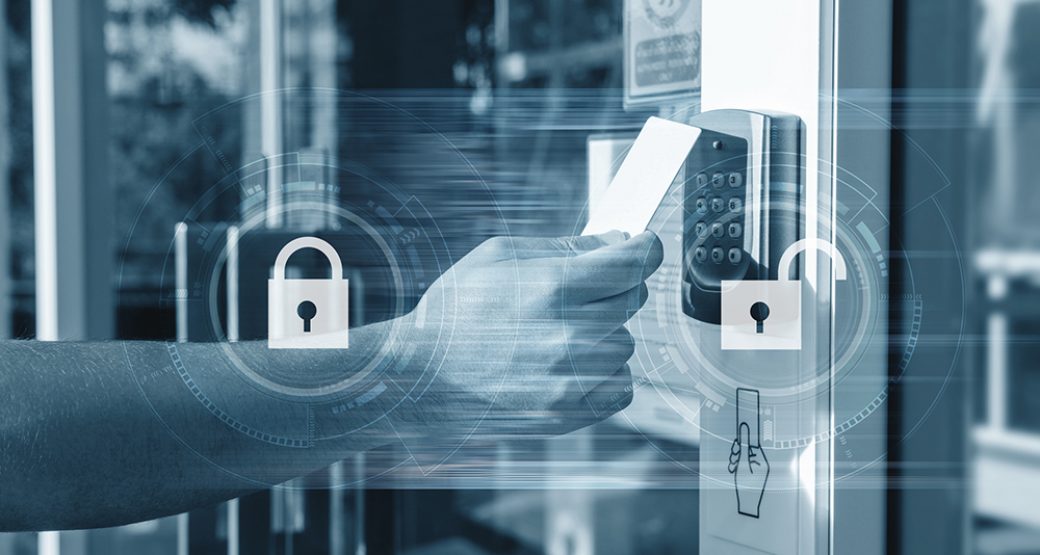Understanding Access Control

Absolutely, access control is a pivotal aspect of modern security protocols, governing the authorization and restriction of resources within digital and physical spaces. Whether it’s safeguarding sensitive data, controlling entry to premises, or managing digital information, access control plays a crucial role in ensuring confidentiality, integrity, and overall security.
Understanding Access Control
Access control refers to the practices, policies, and technologies implemented to regulate access to resources, systems, or physical areas. Its primary goal is to permit authorized individuals or entities to access specific resources while preventing unauthorized entry or use. This can involve various layers of security, from basic keycard systems to sophisticated digital authentication mechanisms.
Types of Access Control
Physical Access Control
Physical access control involves measures to limit access to physical spaces or assets. Traditional methods include locks and keys, security personnel, fences, and surveillance systems. Advanced systems integrate biometric authentication, smart cards, and access logs to monitor and manage entry and exit.
Logical Access Control
Logical access control focuses on restricting access to digital systems, networks, and data. It involves user authentication, authorization, and accountability mechanisms. Passwords, two-factor authentication, encryption, and role-based access control (RBAC) fall under this category.
Role-Based Access Control (RBAC)
RBAC assigns permissions based on an individual’s role within an organization. Rather than granting access based on specific identities, it ties permissions to job roles. For instance, a manager may have access to certain sensitive data that an entry-level employee doesn’t require.
Discretionary Access Control (DAC)
DAC allows owners to set access permissions for their resources. Owners can decide who has access and what level of access is granted. It’s flexible but can be complex to manage in large systems.
Mandatory Access Control (MAC)
MAC assigns access based on security labels and policies determined by system administrators. It’s rigid and typically seen in government or highly secure environments.
Importance of Access Control
- Data Protection: Access control ensures that sensitive information remains protected from unauthorized access or manipulation.
- Risk Mitigation: By limiting access to critical systems or areas, access control reduces the risk of breaches, theft, or damage.
- Regulatory Compliance: Many industries have strict regulations regarding data access and protection. Access control helps organizations comply with these standards.
- Operational Efficiency: Properly managed access control streamlines operations by ensuring that individuals have the necessary permissions to perform their roles without hindrance.
- Preventing Insider Threats: Access control mechanisms mitigate the risk of internal threats by limiting employees’ access to resources beyond their job requirements.
Implementing Access Control
Implementing robust access control involves a combination of strategies and technologies:
- Authentication: Use strong authentication methods like biometrics, smart cards, or multi-factor authentication (MFA) to verify user identities.
- Authorization: Employ RBAC or similar models to grant appropriate permissions based on roles or hierarchies.
- Monitoring and Auditing: Regularly monitor access logs and conduct audits to identify unauthorized access attempts or unusual activities.
- Encryption: Protect sensitive data through encryption mechanisms, ensuring that even if accessed, the information remains unreadable without proper decryption keys.
- Training and Policies: Educate employees about access control policies, best practices, and the importance of safeguarding access credentials.
Conclusion
Access control is a critical facet of modern security infrastructure, encompassing both physical and digital realms. Implementing robust access control measures is imperative for organizations to safeguard their assets, data, and operations against potential threats and breaches. By integrating various access control strategies and technologies, businesses can create a layered defense that fortifies their security posture in an increasingly interconnected world.
